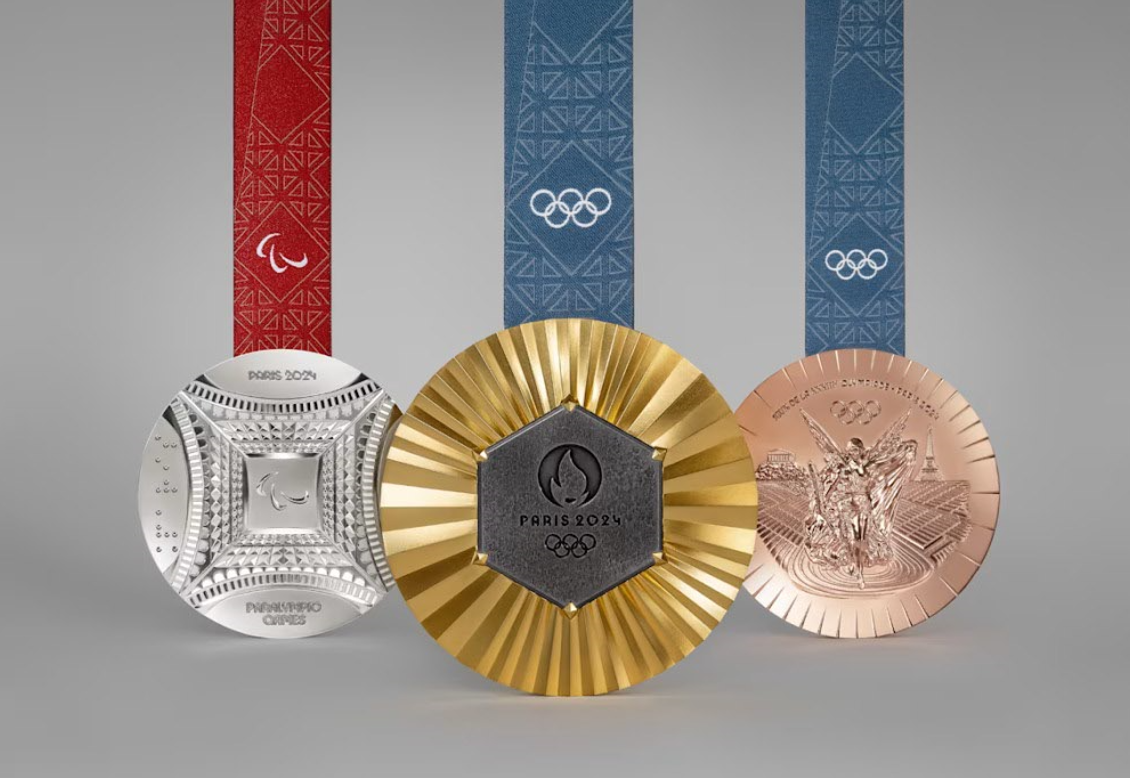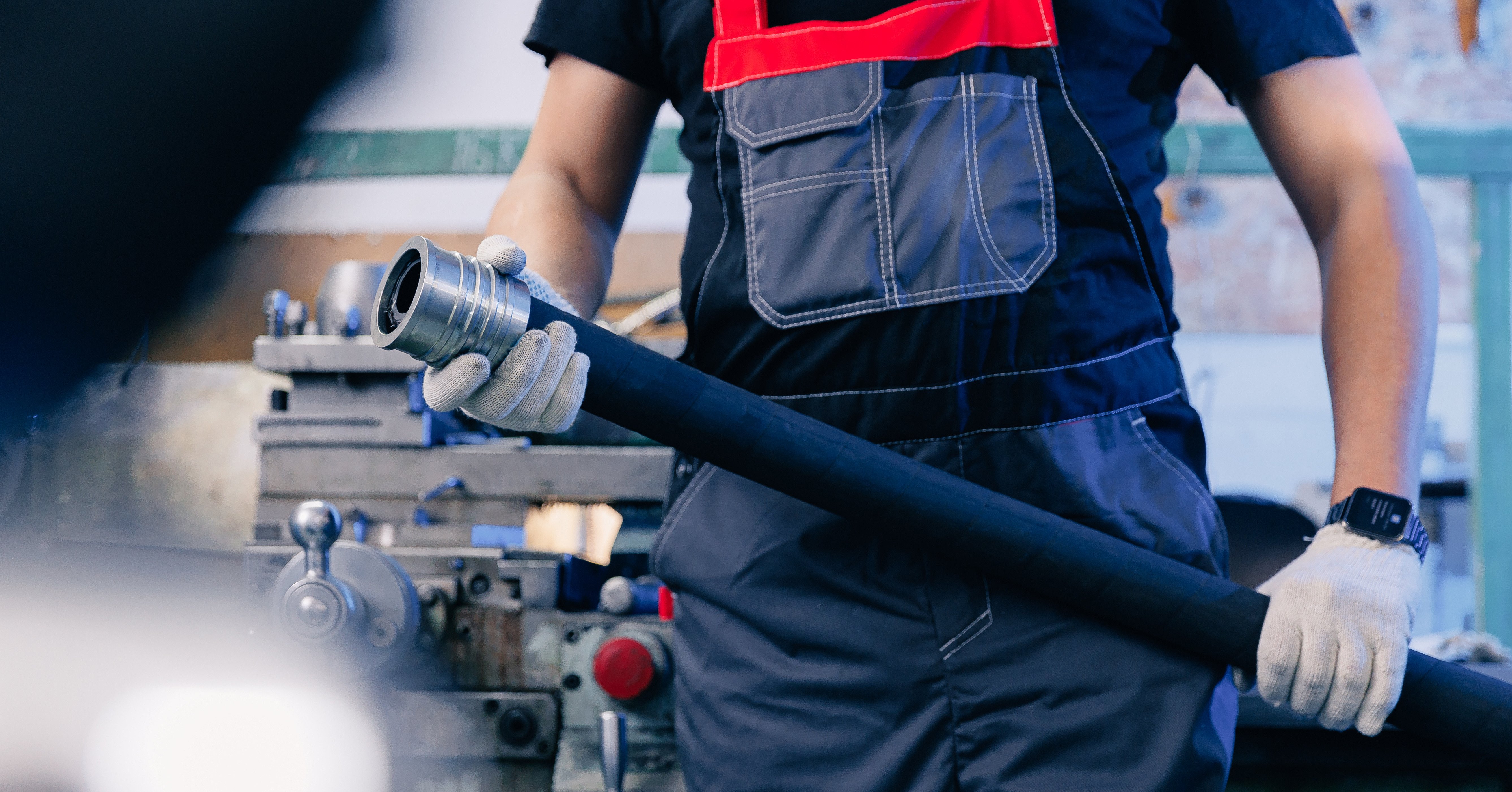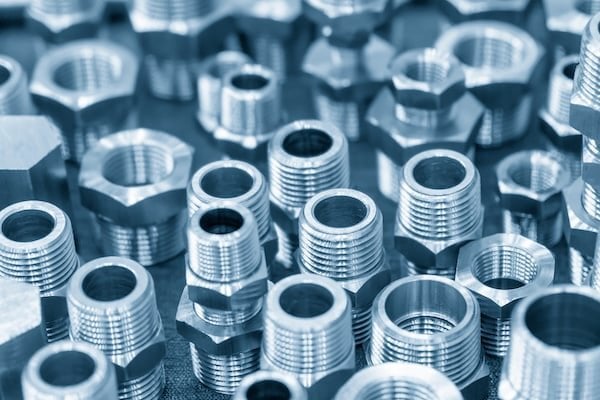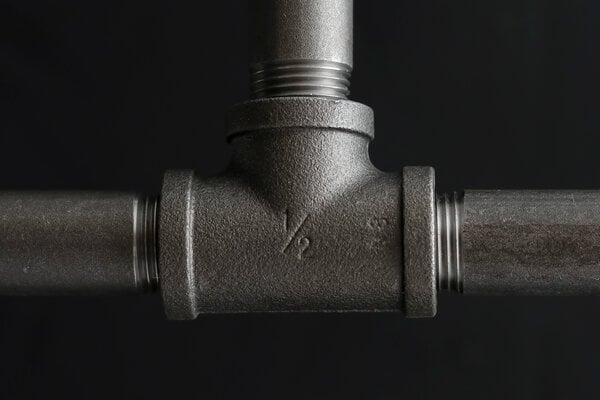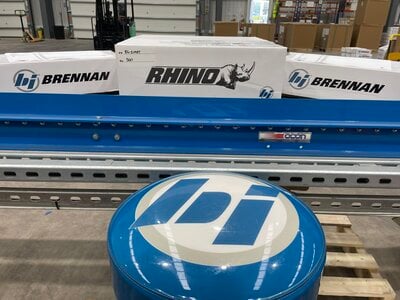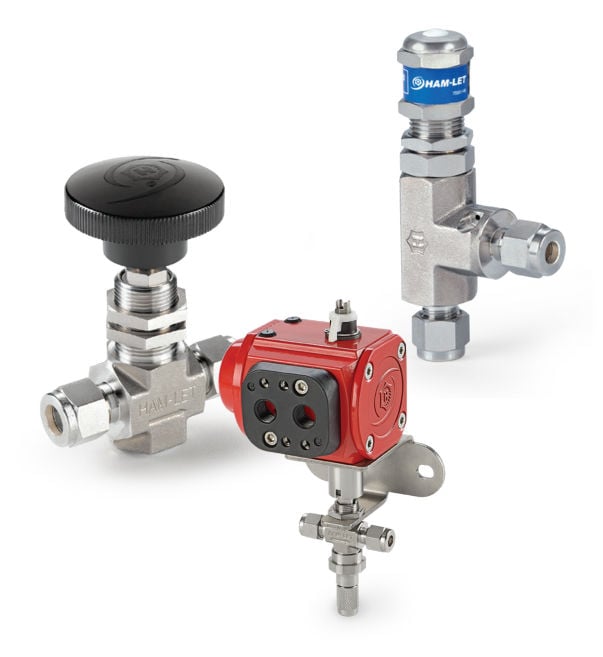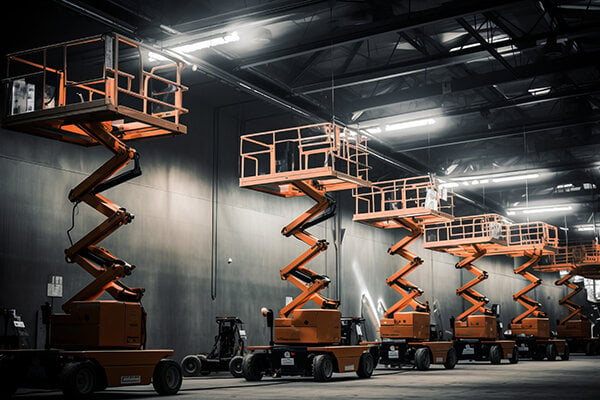Did you know that the medals given out to athletes during the Olympics aren't made of solid gold, silver, or bronze?
Interestingly, the last solid gold medals were given out at the 1912 Stockholm Games. This fact is fascinating, considering the global significance of the Olympics. This evolution reflects the innovative approaches taken to celebrate excellence while ensuring practicality. So... what are the benefits of plating these medals?
From an industrial manufacturing standpoint, we can provide a probable answer based on the reasoning and benefits of why we plate the materials used for our very own fittings. Let’s dive into how this change in the purity of Olympic medals connects to manufacturing and why plating is so important in both arenas.
Regulating the Production of Metals
After World War I, rising costs and the growing popularity of metal plating swayed the International Olympic Committee (IOC) to regulate the production of Olympic medals, specifying that medals should be plated, which was made mandatory in 1920. Today’s Olympic medals must follow the composition ratios below:
-
-
-
-
- Gold Medal: Composed of 92.5% silver and plated with 6 grams of 24K gold
- Silver Medal: Composed of silver with at least 92.5% purity
- Bronze Medal: Composed predominantly of copper alloyed with tin and zinc
Image: Rectangle, solid gold, silver, and bronze medals presented to winners at the 1900 Paris Olympics. By Sailko.
Like the IOC, industrial manufacturers discovered plating enhances the durability and resistance of industrial fittings and components. Fast forward, and manufacturers today play by the rules set by the American Society for Testing Materials (ASTM) for metals production. Yes, the Olympics regulates the composition of just three medals, while the ASTM regulates more than 12,000 metal parts. Still, everyone’s in it for the same thing: durability, improved performance, and corrosion resistance, which leads us to our next point.
What Are the Benefits of Plating Metals?
So, what makes plating the go-to solution against corrosion and premature wear f



